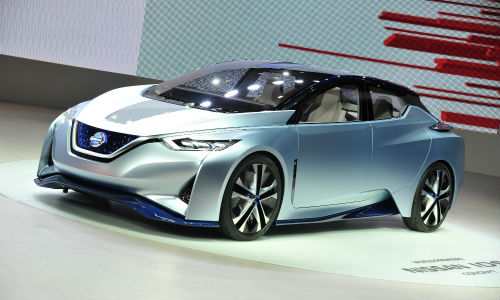By Mike Davey
Detroit, Michigan — January 11, 2016 — Last week Collision Repair magazine reported that the Renault-Nissan Alliance plans to introduce upwards of 10 vehicles with autonomous driving capabilities by 2020. The company has started to make good on that promise, holding the US debut of its Nissan IDS Concept vehicle at the 2016 North American International Auto Show in Detroit, Michigan. Note that this is a concept, rather than a production vehicle, but it does help show that the company has much of the technology in place.
“Nissan’s forthcoming technologies will revolutionize the relationship between car and driver, and future mobility,” said Nissan President and CEO Carlos Ghosn during the vehicle’s debut.
The “IDS” stands for Intelligent Driving System, and represents Nissan’s concept of autonomous drive technology. The Nissan IDS Concept is also a zero-emissions electric vehicle.
“Nissan Intelligent Driving improves a driver’s ability to see, think and react. It compensates for human error, which causes more than 90 percent of all car accidents,” said Ghosn.
The Nissan IDS Concept has two modes: Piloted Drive and Manual Drive. In Manual Drive mode, the Nissan IDSConcept continues to provide assistance behind the scenes. Sensors continually monitor conditions and assistance is available even while the driver is in control. In the event of imminent danger, Nissan IDS Concept will assist the driver in taking evasive action. In Piloted Mode, the vehicle is essentially fully autonomous.
The two modes have other differences. In Piloted Drive, the steering wheel retracts into the instrument panel and a large flat screen emerges. All seats rotate slightly inward to facilitate conversation. In Manual Drive, all seats face forward and the steering wheel reappears, along with a heads-up display.
Various exterior lights and displays convey to pedestrians and others the car’s awareness of its surroundings and signals its intentions. The car’s side body line, for example, is actually an LED that Nissan calls the Intention Indicator. When pedestrians or cyclists are nearby, the strip shines white, signaling that the car is aware of them. Another electronic display, which faces outside from the instrument panel, can flash messages such as “After you” to pedestrians.













































































